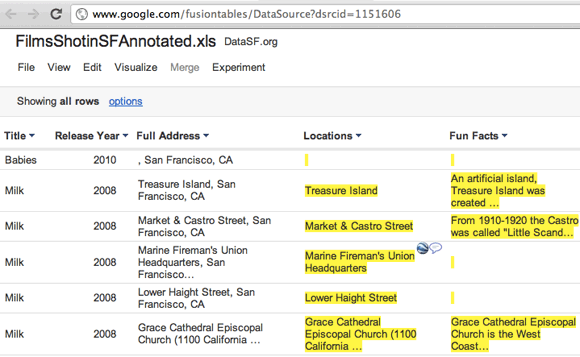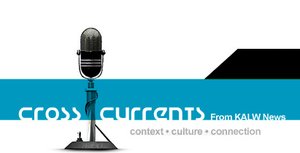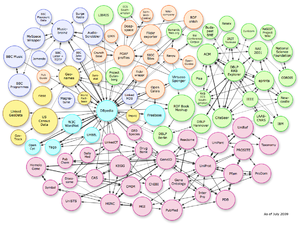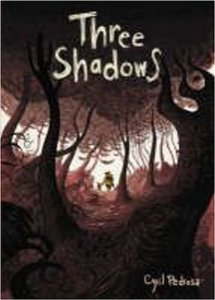The Good: Read It Later (for iOS)
In the default mode, RIL presents a simple ordered list of headlines with most recently added items appearing at the top. Each row is wide and tall enough to display the source website and a full headline and can be easily selected by the user with a short tap. Easily selected icons populating a top row allow the user to switch from list to digest views.
More advanced features such as article tagging are also readily accessible. Swiping the article headline reveals a set of icons that facilitate tagging, categorization, marking stories as “read”, and more. For casual browsing, the digest view arranges articles in a two-column grid featuring column-wide images, headlines, and ledes. These views allow the user multiple ways to explore a collection.
Smaller touches enhance the experience including:
- Rotation lock to prevent the display from switching from landscape to portrait or vice versa;
- One touch-control to lower brightness (for reading in low light conditions, i.e., in bed);
- Progress bars and animations that provide user feedback during time-consuming actions like article sync;
- Auto-login for password protected sites like WSJ and NYT; and
- Reformatting of multi-page articles as one page, eliminating additional load times.
A lot of this complexity lives under the hood and does not crowd out core functionality. Updates to the app occur infrequently, but when they do, significant features make it worthwhile.
The Bad: Skype (Mac OSX Client)
My least favorite aspect of the Skype client involves chat notifications. When a user receives an incoming chat, a greyed out number appears in the Chat/Call Log pane of the main window next to a small silhouette icon. This “update” provides the only afforance leading to the appropriate chat window. Clicking or highlighting the name of the contact in the main Skype window provides no link or functionality for displaying the live chat or responding in kind. A dialogue bubble next to the contact’s name likewise takes one to an archive of conversations but no live chat window. Another smaller window entitled Online Contacts also provides no way of directly communicating with a contact—clicking on a contact name there only reopens the main window. All of this has the effect of confusing the user when a chat message is received, recreating the experience of looking for a phone when it’s ringing. Pleasant? Not so much.
Luckily, answering or initiating a phone call is slightly more intuitive–this view takes over the entire window regardless of whether the call is accepted or rejected. The red and green phone icons with the contact’s image thumbnail provide much clearer direction but rows of smaller icons are less obvious. Resizing buttons that restore parts of the original window are available but easy to overlook.
In recent months, numerous upgrades have been pushed to users of Skype’s Mac OSX client. Sadly, while these pushes have been frequent (and time-consuming since they require a restart), no visible improvements have appeared in the UI.
Often when initiating a Skype call, I’ve encountered issues with the audio settings that prevent communication. What follows is a frantic settings check that usually requires a dive into the System and Skype prefs as well as a restart of the Skype client. Much confusion would be avoided if audio status were communicated from the outset. Likewise, level checks or settings that conformed with the last session would be greatly helpful. Given the number of IM clients out there (Y!, AIM, Facebook, etc.), it’s odd that Skype’s own conventions, behaviors, and cluttered interface persist.
Related articles
- Improving usability: links (marketing.yell.com)
- User experience of online content (marketing.yell.com)
- Lifehacker Faceoff: The Best Digital Digests on iPad and iPhone [Lifehacker Faceoff] (lifehacker.com)














